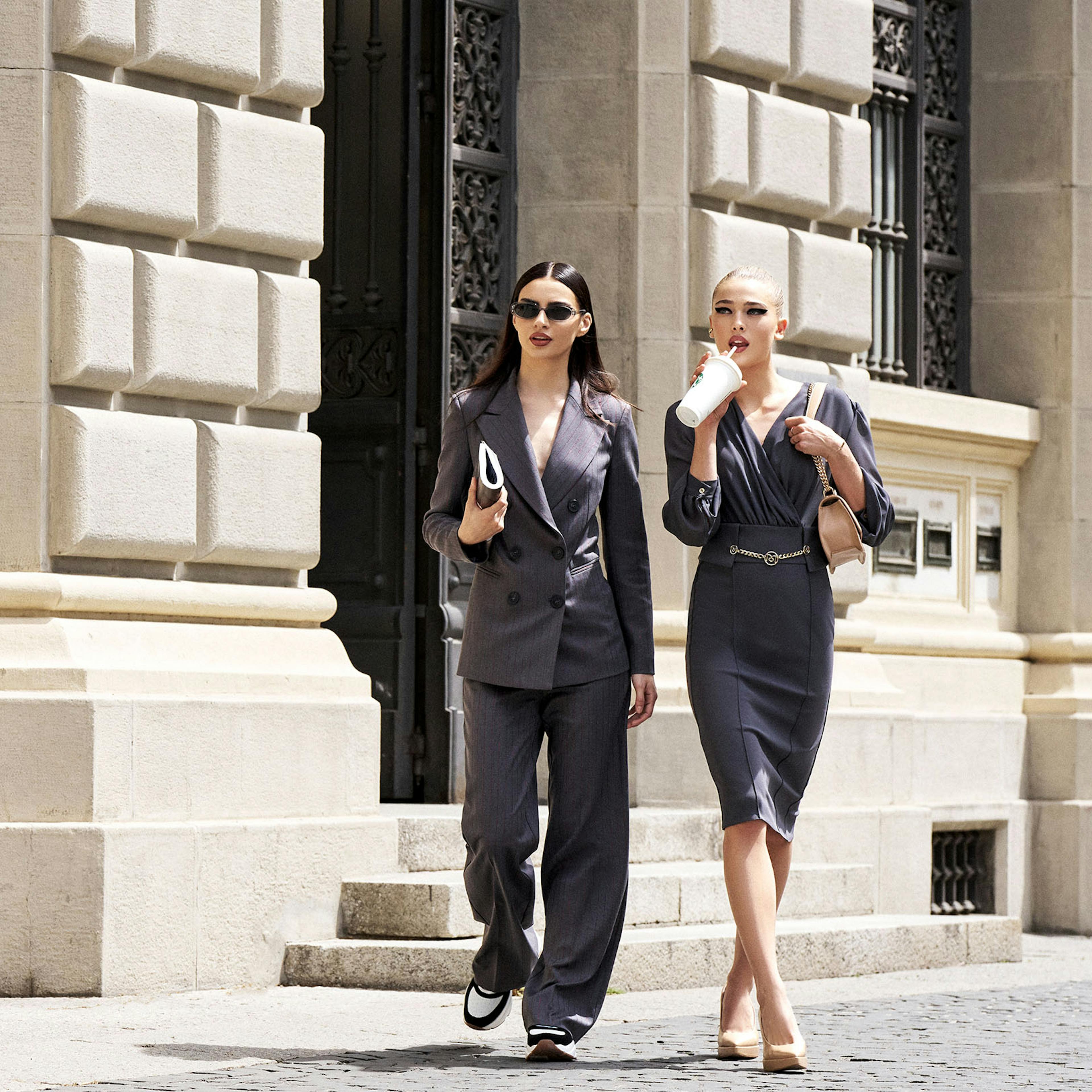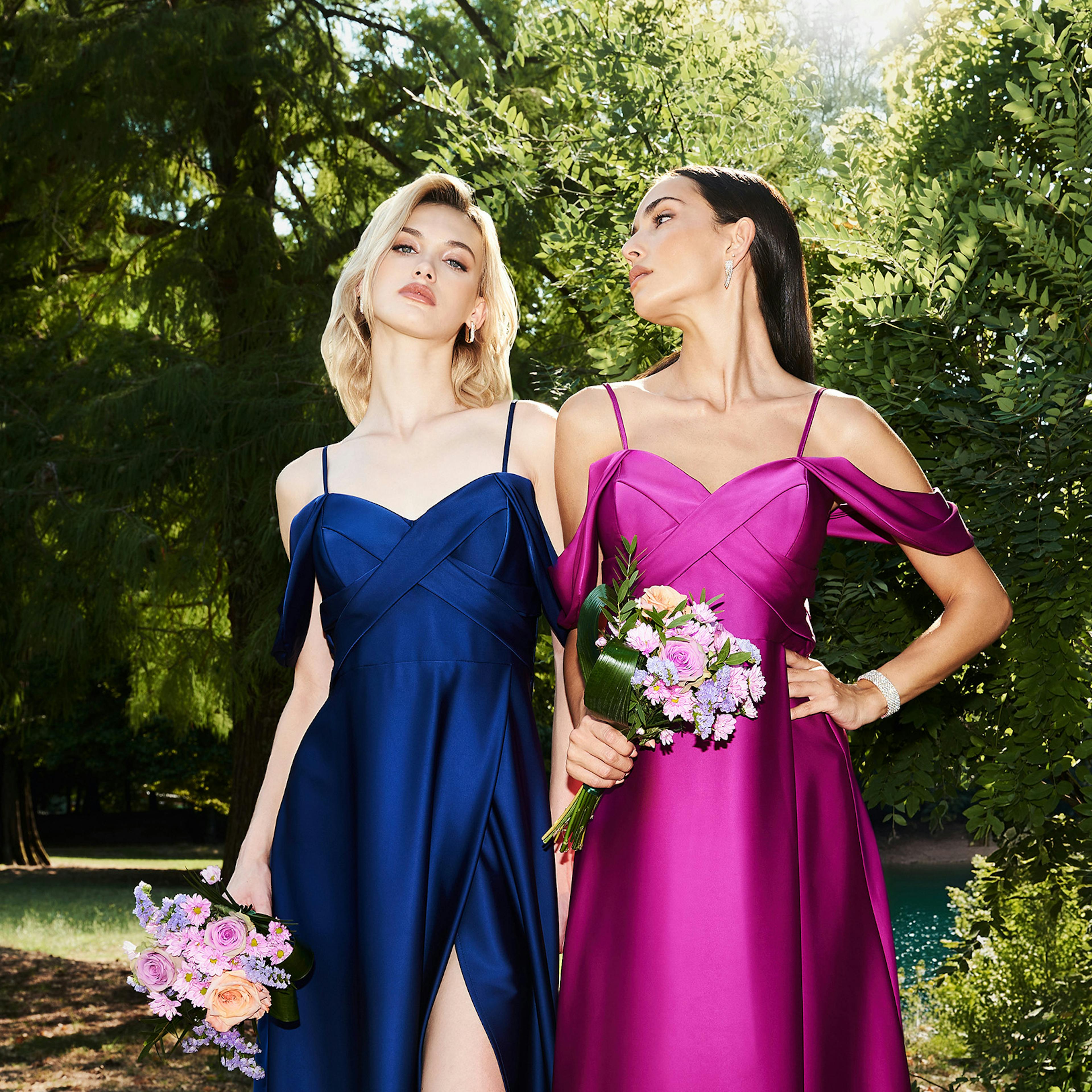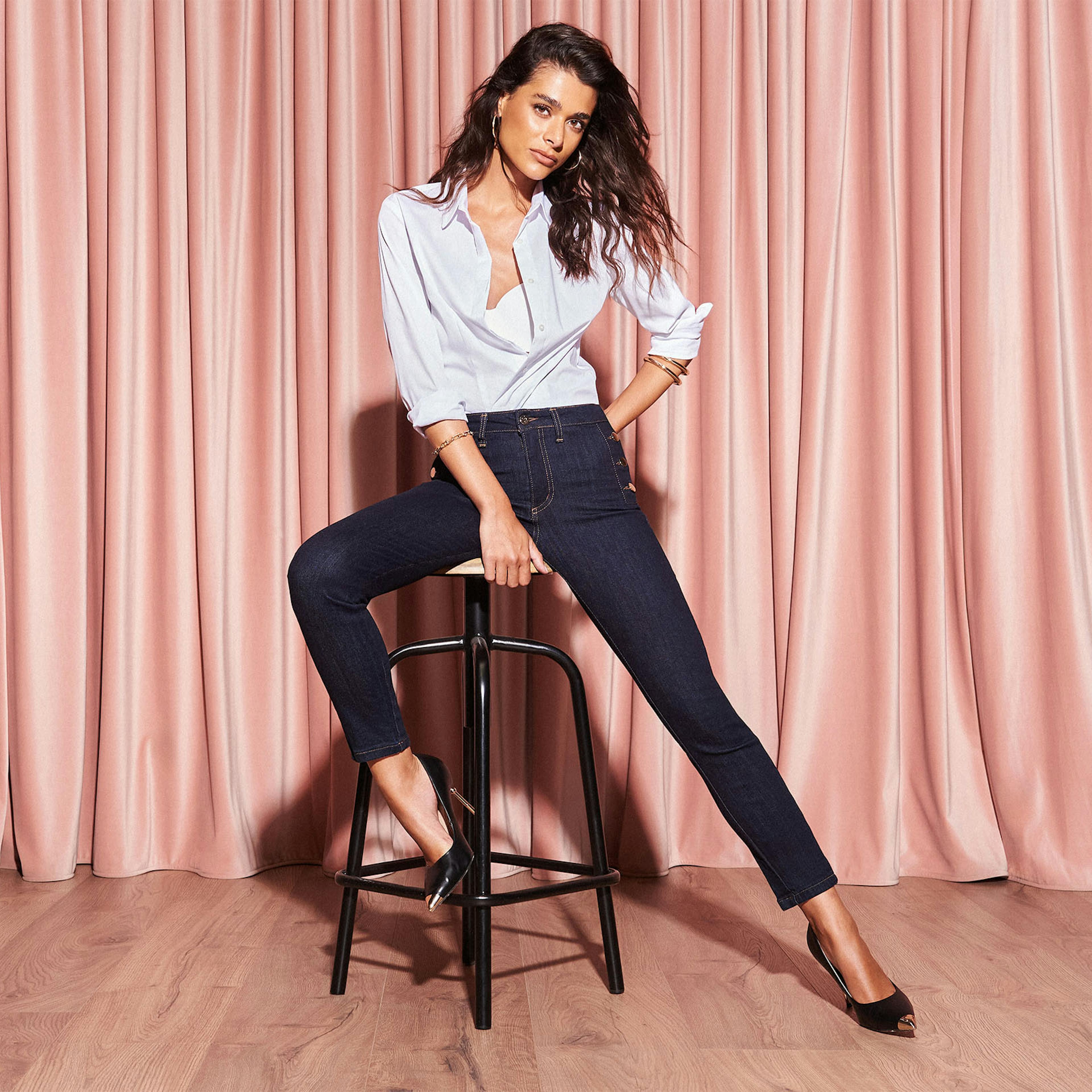How has Fashion Week changed?
Here is the story of the most important event in the fashion world
Reading time: min
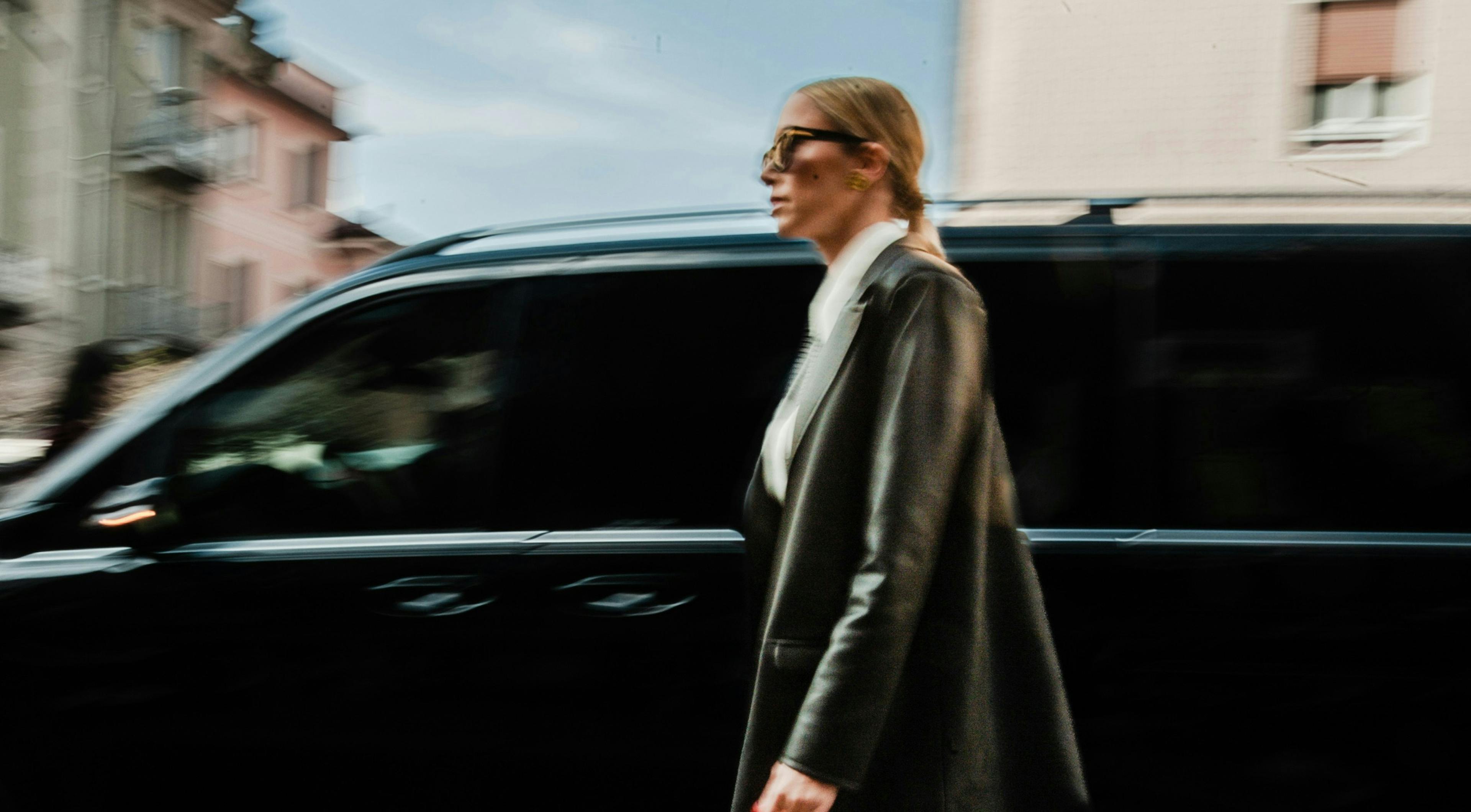
Today, Fashion Week is one of the most prominent events globally, with many cities periodically dedicating themselves to fashion. These events offer a platform for designers, brands and celebrities to share their unique visions. However, the origins of this glamorous event are actually linked to a specific time in history.
The first ever Fashion Week took place in New York in 1943, created as an event to ‘distract’ Americans from the horrors of the Second World War and more. At the time, bringing French fashion to the USA was quite challenging, which is how Fashion Week became a launching pad for local designers.

The event was such a success that Paris quickly set to work on establishing its own Fashion Week, which was launched just a few years later. What about Italy?
It would take a few more years for Italy, where the now-famous fashion show was inaugurated by the city of Florence in 1951. It took us a while, but we immediately showcased the best of our tailoring and renowned Italian style on the catwalk, which remains one of the defining features of our Fashion Week today.
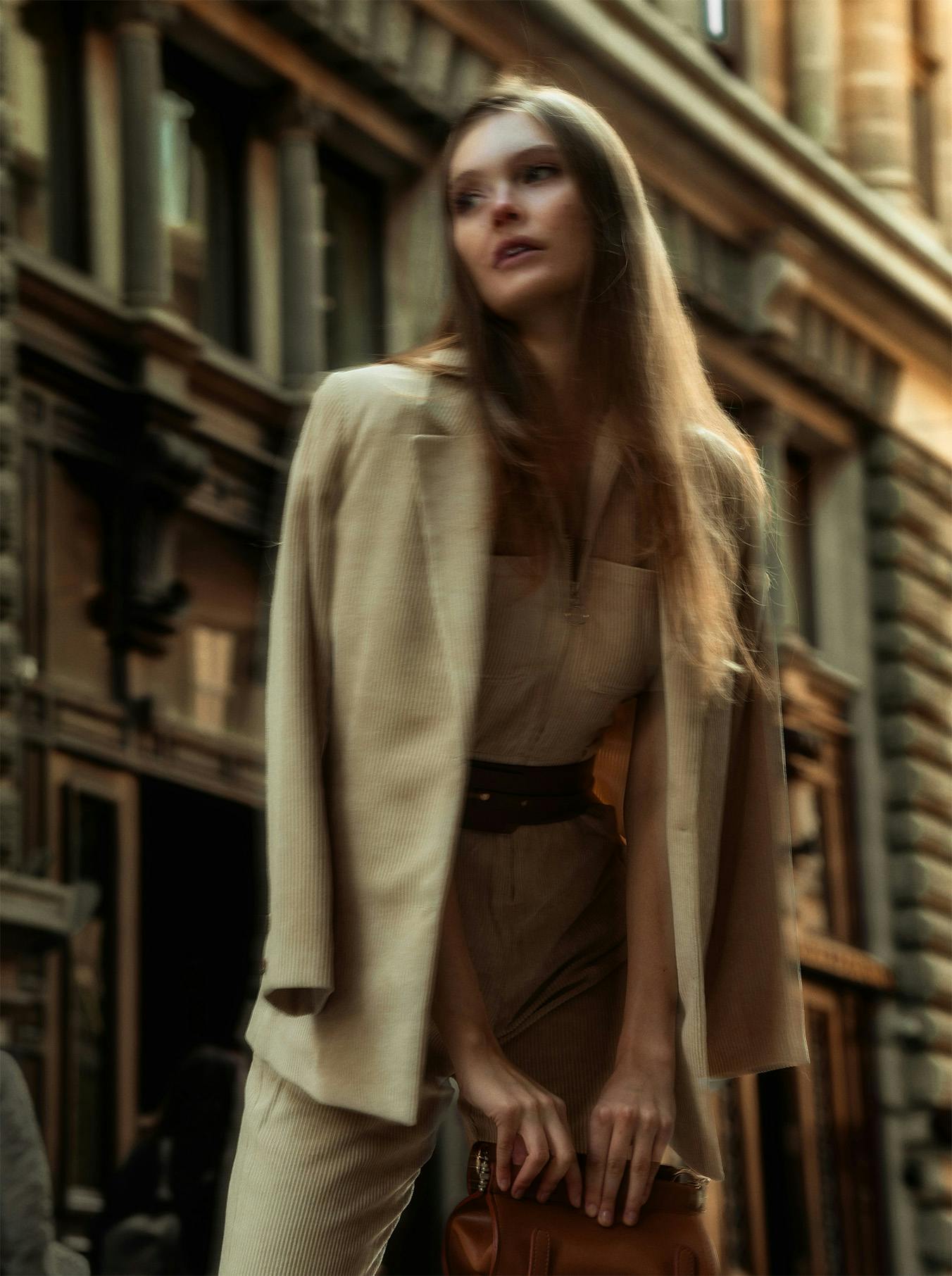
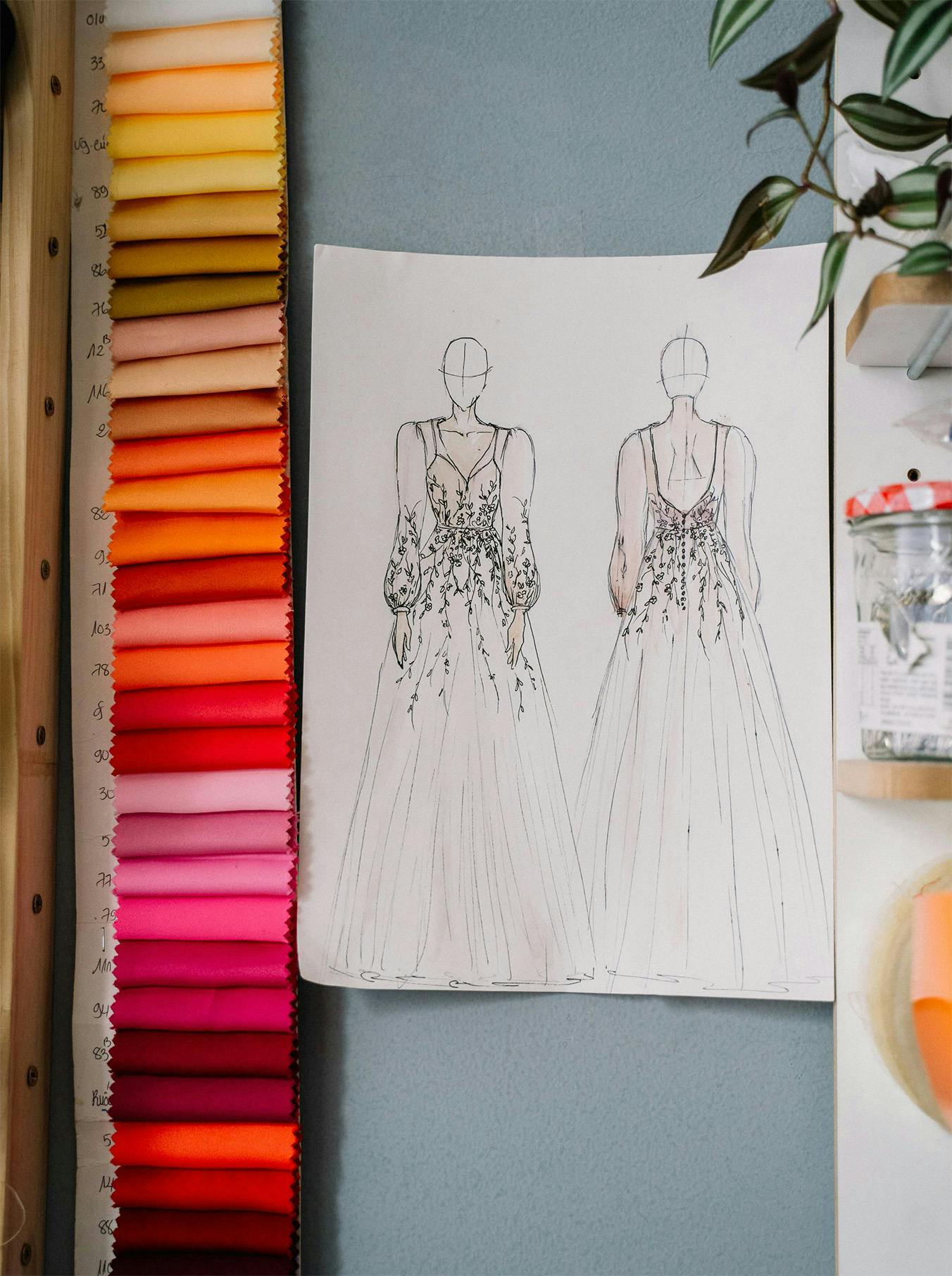
These are the origins of the event, but how has it changed over the years? The difference lies in a new concept introduced in the fashion shows with three words that you – fashion enthusiasts – will know well: prêt-à-porter. On the catwalk, it’s no longer just grand occasion dresses or glamorous outfits that are showcased, but also garments that reflect women in their everyday lives. Fashion Week gradually began to explore different interpretations of fashion itself, featuring the groundbreaking creations of major designers such as Chanel, Dior, Armani, Versace, and Westwood on the catwalk. As the world changed and women transitioned from long dresses to denim, fashion sometimes anticipated and sometimes reflected the true essence of the modern woman.
But there’s more. The designers themselves began to see Fashion Week as an opportunity to showcase their collections through the lens of cities, demonstrating how diverse styles can embrace entire generations and cultures. Thus, the French, American and Italian weeks – currently the most followed in the world – started to incorporate elements from cinema, music, art, and… social media.
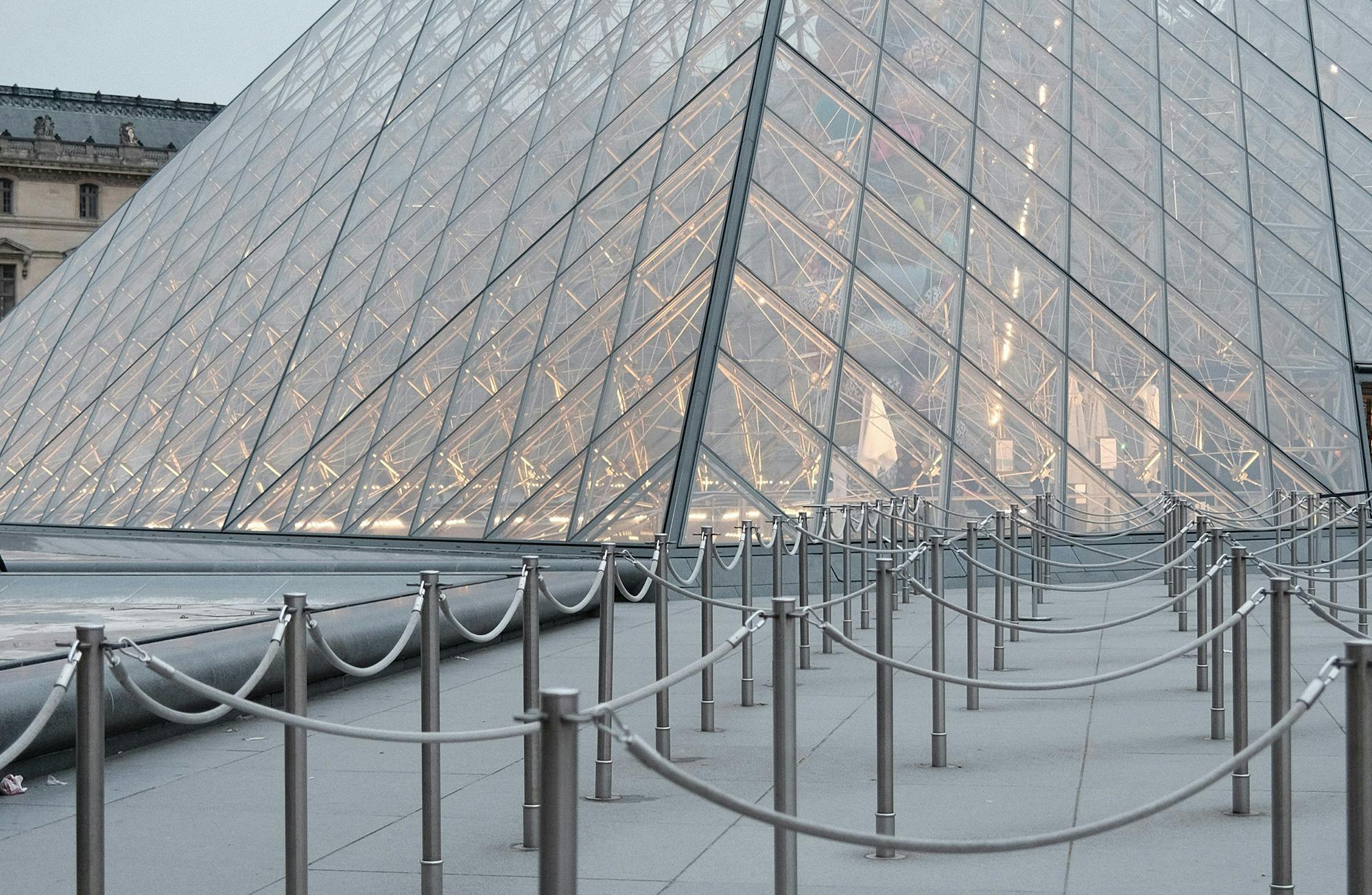
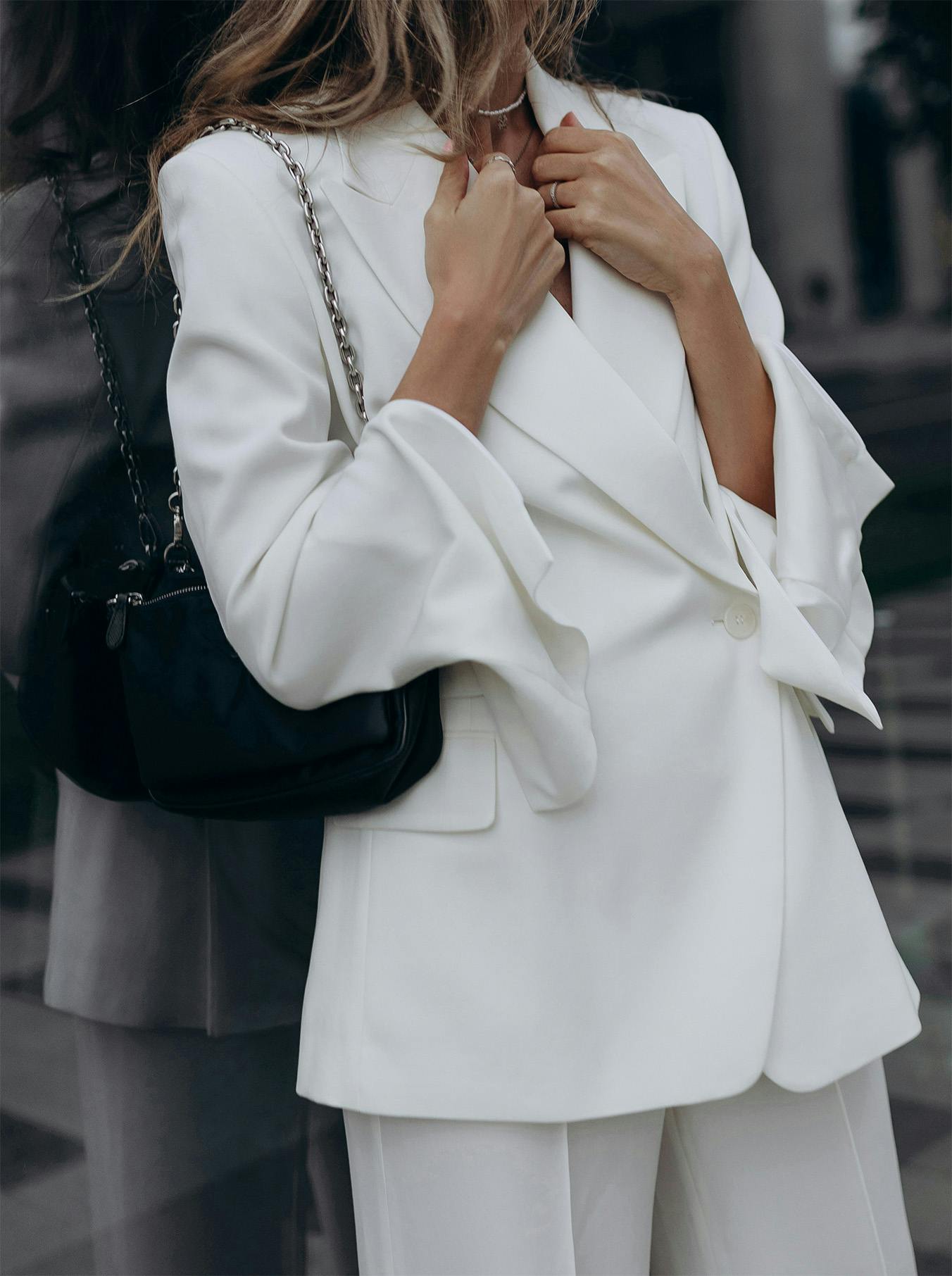
Today, it’s not unusual to see film stars on the catwalk alongside the famous supermodels launched by the visionary designer Gianni Versace. We also see influencers or the famous IT girls, the heiresses who filled the pages of magazines long before the rise of social media.
Let’s not forget the small revolutions brought to the catwalk by artists like Karl Lagerfeld and Alexander McQueen, who showcased garments created in collaboration with prominent names in contemporary art. And of course, the rise of inclusivity in collections has begun to reflect fashion’s openness to all, without distinction between bodies and genders. In this regard, a designer like Alessandro Michele has made history by introducing seasonless and genderless collections for the first time, and over time, many other major brands have followed suit.
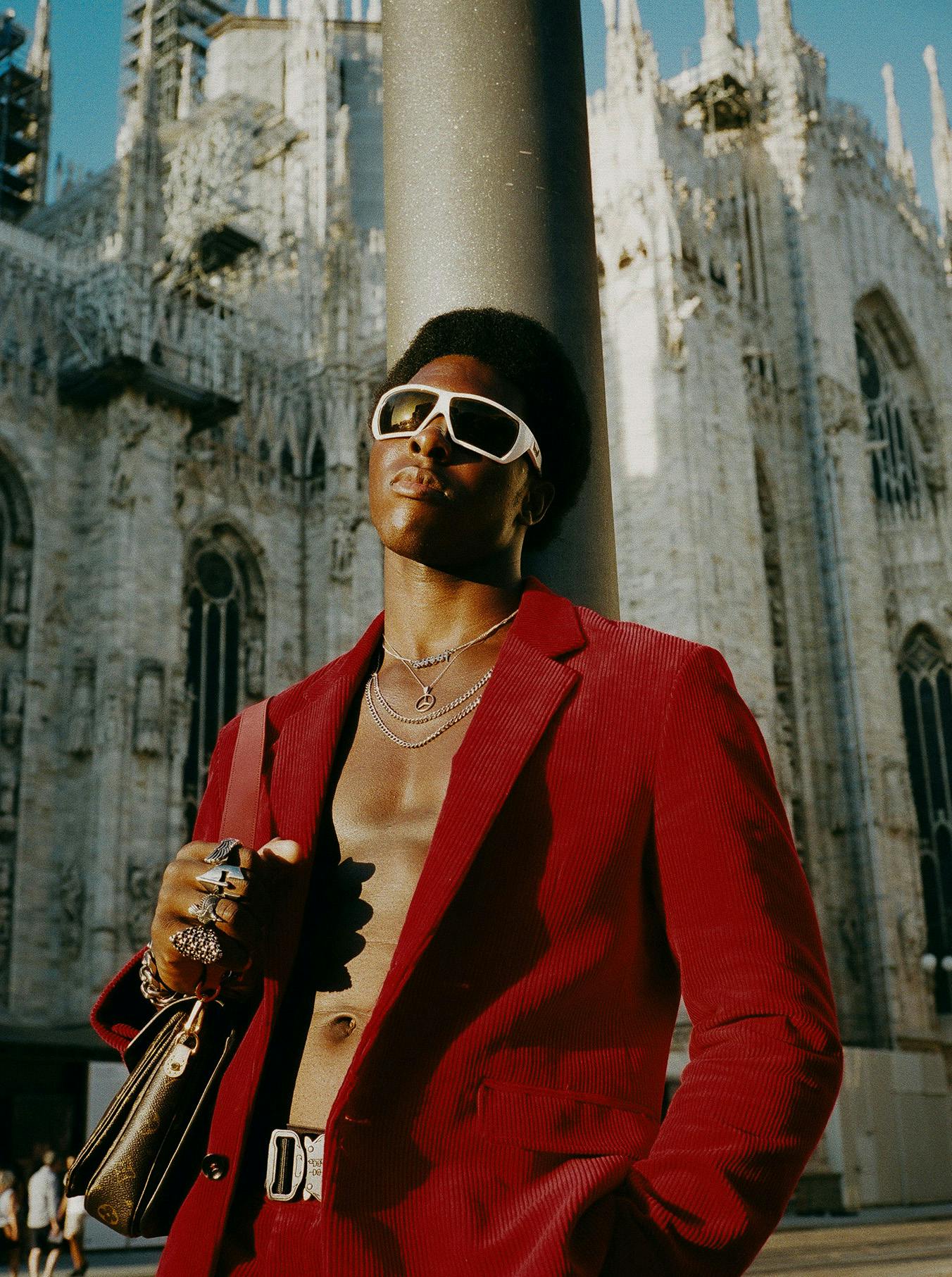
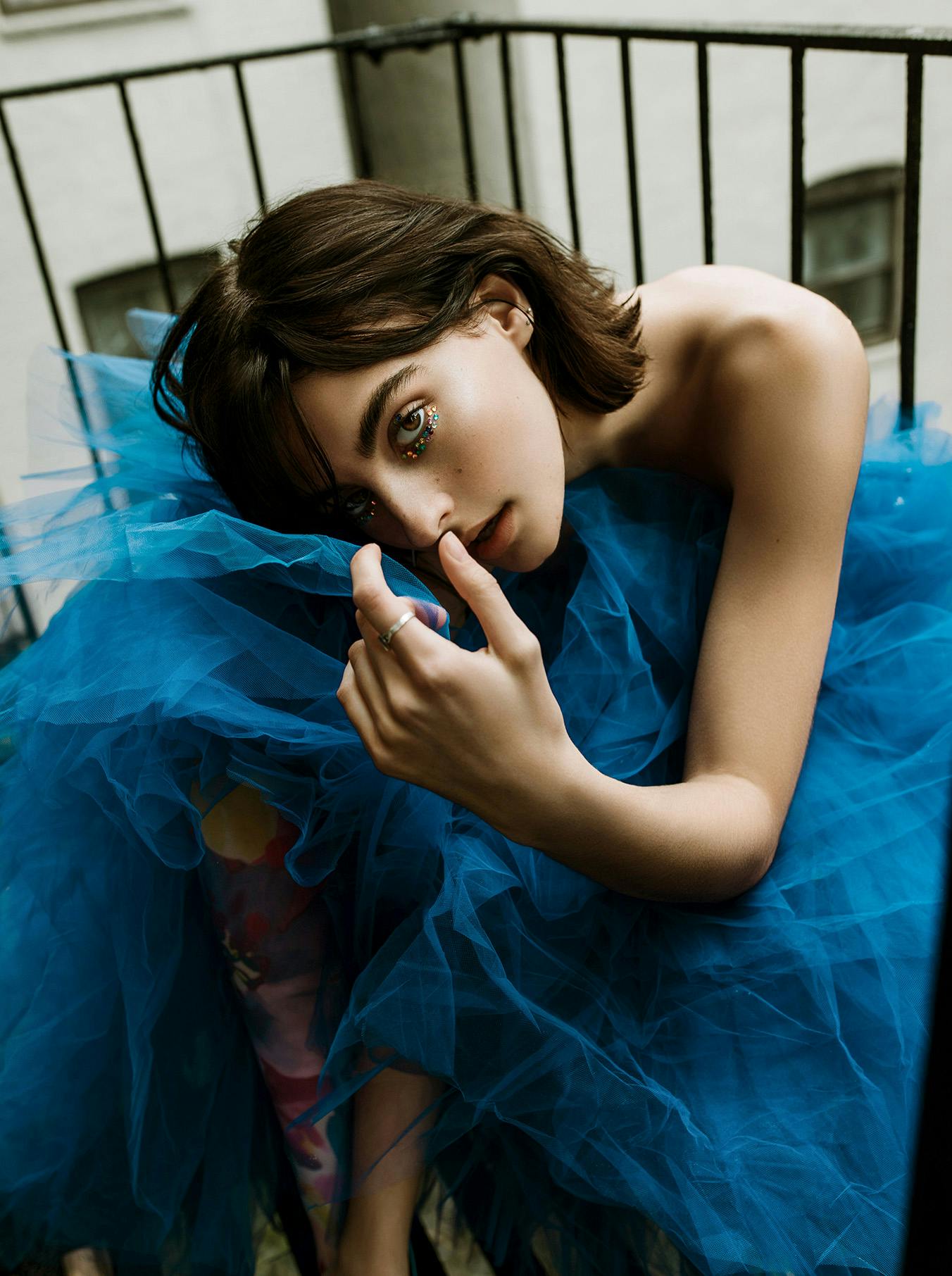
Over the years, silver and curvy models, as well as those with disabilities, have graced the catwalk, increasingly amplifying the message that fashion is for everyone and tells everyone’s story – it inspires, and is inspired by all. Muses are no longer just icons of perfection. They are authentic, down-to-earth women, both strong and fragile – they’re real.
Fashion Week today is, of course, about the ongoing innovations that fashion creates and represents. But above all, it means talking about the beauty of an art that will never cease to inspire our dreams.
